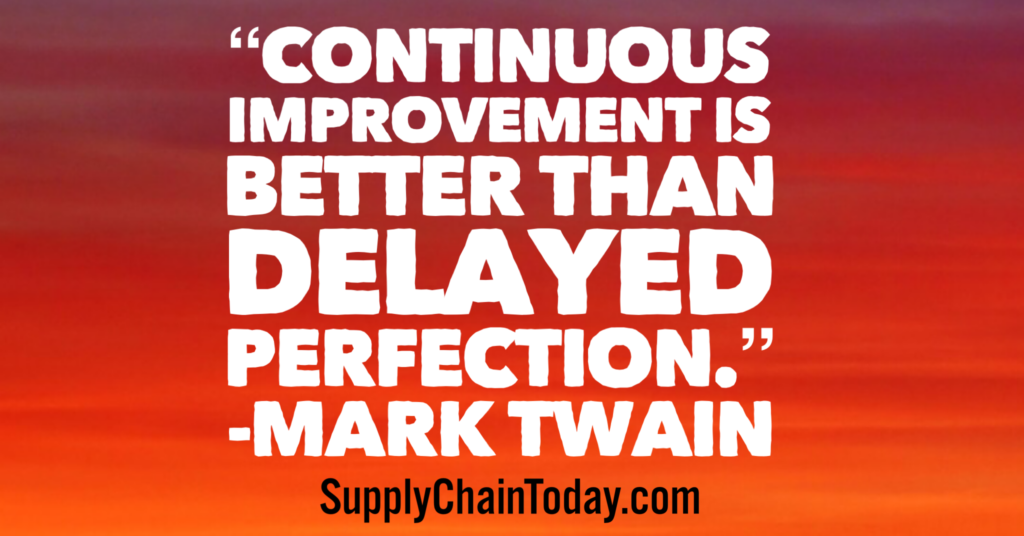Lean Transformation Model.
The Lean Transformation Model is a framework for implementing Lean principles and practices in an organization. Lean is a management philosophy that aims to maximize value and minimize waste in business processes. It is based on the idea of continuous improvement and the elimination of waste (called “muda” in Japanese).
The Lean Transformation Model is a systematic approach for implementing Lean principles and practices in an organization. It typically involves the following steps:
- Define value: The first step in the Lean Transformation Model is to define value from the perspective of the customer. This involves identifying the key value streams in the organization and the activities that add value to the customer.
- Map the value stream: The next step is to map the value stream, which involves identifying and documenting all of the steps and activities involved in delivering value to the customer.
- Identify waste: Once the value stream has been mapped, the next step is to identify and eliminate waste in the process. This may involve reducing unnecessary steps, improving the flow of information and materials, or eliminating defects and rework.
- Create flow: The goal of the Lean Transformation Model is to create flow in the value stream, which means ensuring that work moves smoothly and efficiently from one step to the next. This may involve reorganizing the work environment, introducing new technologies, or changing the way work is performed.
- Establish pull: To create flow, it is important to establish a “pull” system, which means that work is only started when it is needed by the customer. This helps to reduce overproduction and inventory waste.
- Pursue perfection: The final step in the Lean Transformation Model is to continuously improve and optimize the value stream, with the goal of achieving perfection. This involves constantly looking for ways to eliminate waste, reduce variability, and improve flow.
By following the steps in the Lean Transformation Model, organizations can improve efficiency, reduce waste, and increase customer satisfaction.
John Shook Explains the Lean Transformation Model.
Lean Manufacturing and Continuous Improvement Training
- Agile Project Management with Kanban.
- Best Continuous Improvement Quotes.
- Deming, Juran and Crosby Quality Philosophies.
- Gemba Walk: the Path to Continuous Improvement.
- Kaizen (Continuous Improvement): Secret behind Japanese Productivity.
- Kaizen – Toyota.
- Lean Manufacturing – Pull Systems.
- Need Continuous Improvement Training? Try these resources.
- Process Improvement Quotes and Blogs.
- Process Improvement: Six Sigma & Kaizen Methodologies.
- The Kaizen Way: ONE SMALL STEP CAN CHANGE YOUR LIFE.
- Toyota Supply Chain Management.
Quotes pertaining to Lean and Six Sigma
- “Why not make the work easier and more interesting so that people do not have to sweat?” ~ Taiichi Ohno
- “The thing is, continuity of strategic direction and continuous improvement in how you do things are absolutely consistent with each other. In fact, they’re mutually reinforcing.” ~Michael Porter
- “Insanity is doing the same thing, over and over again, but expecting different results.” ~ Albert Einstein
- “Observing many companies in action, I am unable to point to a single instance in which stunning results were gotten without the active and personal leadership of the upper managers.” ~ Joseph M. Juran
- “Unless people’s motion add value they are useless toward the goal.” ~ Shigeo Shingo
- “If a company isn’t continuously improving then it is slowly dying.” ~Dave Waters
- “Managers will try anything easy that doesn’t work before they will try anything hard that does work.” ~ Jim Womack
- “Real waste lurks in places that don’t look like waste.” ~ Shigeo Shingo
- “Time waste differs from material waste in that there can be no salvage. The easiest of all wastes and the hardest to correct is the waste of time, because wasted time does not litter the floor like wasted material.” ~ Henry Ford
- “Operating under the conscious capitalism model will show that businesses are the true value creators that can push all of humanity upward for continuous improvement.” ~John Mackey
- “Quality depends on good data. It also depends on executive leadership in using that data.” ~ Juran Institute, Inc.
- “Intellectuals solve problems; geniuses prevent them.” ~ Albert Einstein
- “Everything should be made as simple as possible, not simpler.” ~ Albert Einstein
Facebook Comments

